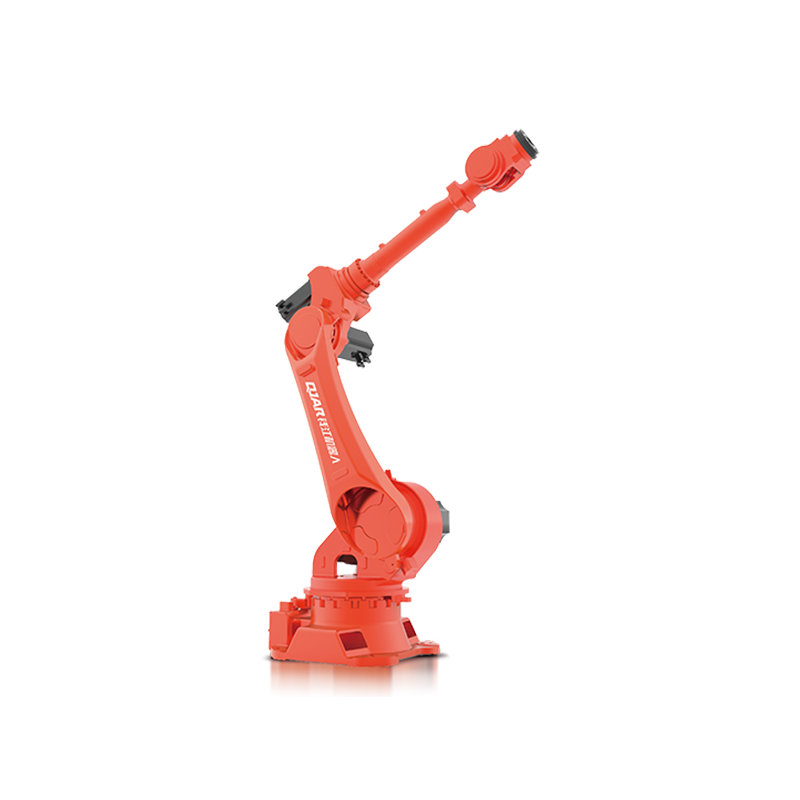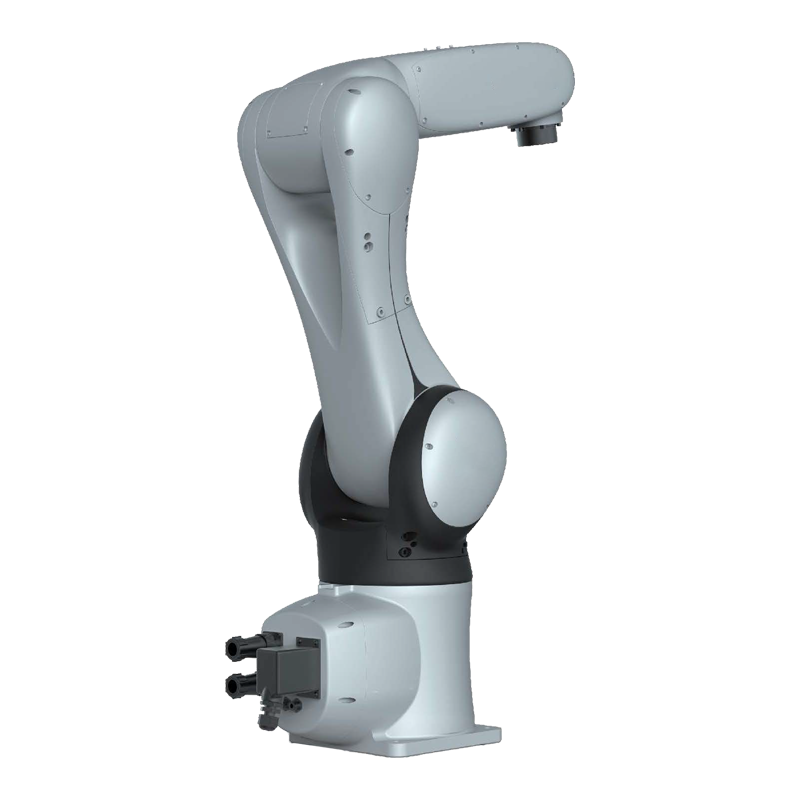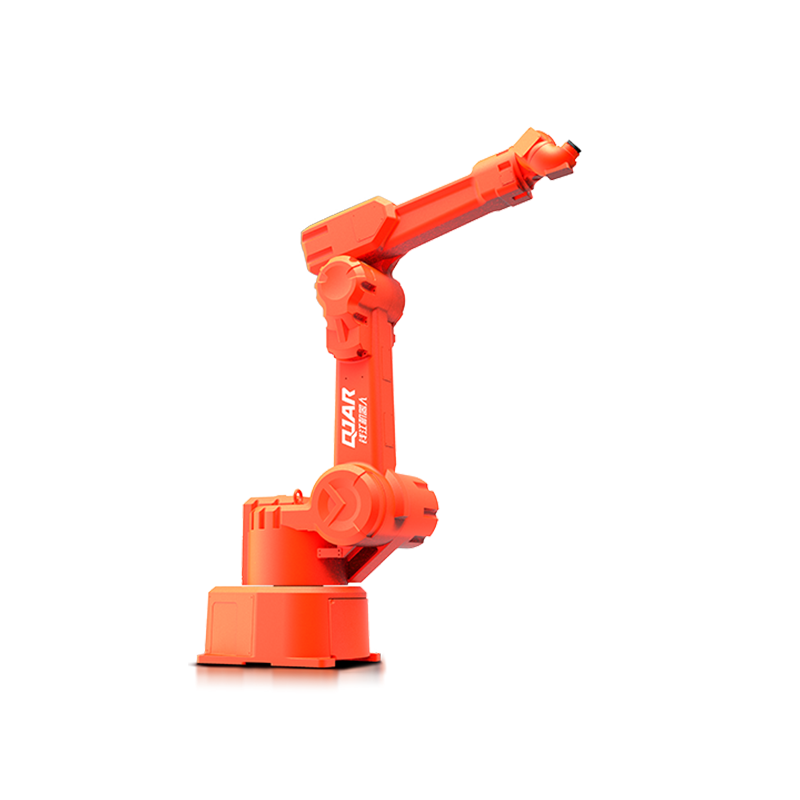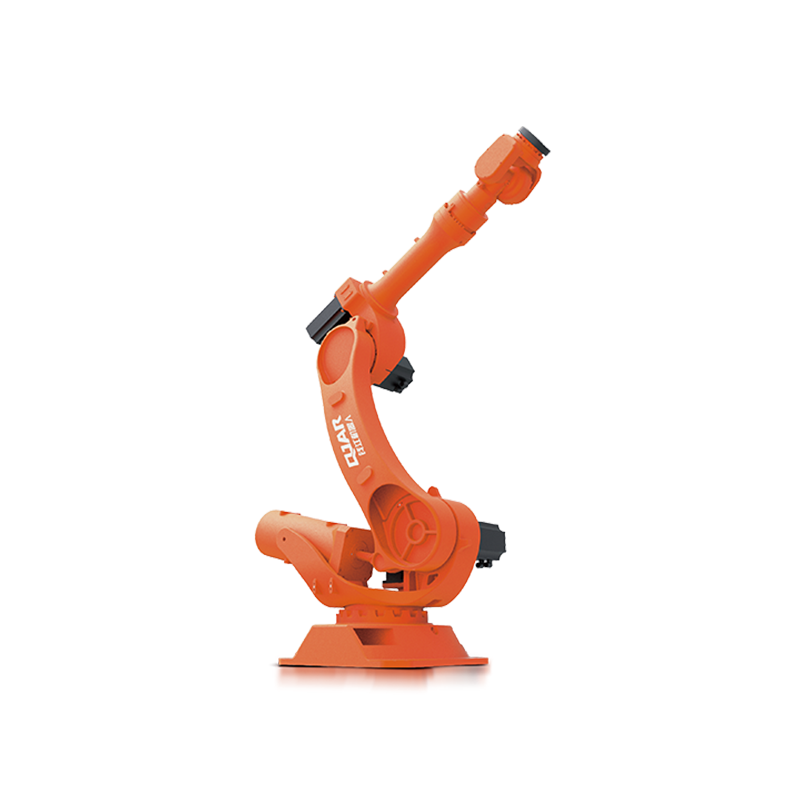In 2025, six-axis robots are transforming manufacturing and automation. Their flexibility and affordability make them indispensable across industries. With a 30% annual growth rate and prices 25% lower than a decade ago, these robots are more accessible than ever. Comparing features and robot arm price helps you find the best solution for your needs.
Overview of the 6-Axis Robot Arm Market in 2025

Key trends in robotics and automation
The robotics industry in 2025 is shaped by several transformative trends. Artificial intelligence (AI) enhances robots’ capabilities, enabling them to boost productivity across industries. Modular and scalable robotic systems are gaining popularity, offering better integration and adaptability. Cybersecurity has become a priority as digital employees and automation systems face potential cyber threats. Affordable and easy-to-integrate robotic solutions are driving widespread adoption, making automation accessible to businesses of all sizes.
Human-robot collaboration is another key focus. Industries are emphasizing teamwork between robots and workers to improve efficiency and safety. Additionally, market consolidation is reshaping the competitive landscape, while discussions about robotics foundation models continue to influence innovation. The ongoing debate about labor versus automation highlights the importance of addressing worker concerns and involving them in the transition to automated systems.
Technological advancements in six-axis robots
Six-axis robots in 2025 feature cutting-edge advancements that enhance their performance and usability. As John Bubnikovich, president of ABB’s U.S. robotics division, explains, “Recent advancements in six-axis robots provide end users more model options to choose from to match their specific requirements, greater working range and enhanced accuracy.”
Robots now integrate advanced vision systems, enabling object recognition, tracking, and quality inspection. Guthrie notes, “Vision-guided robots can adapt to variable conditions and handle objects with greater precision.” These advancements improve flexibility, precision, and energy efficiency. Enhanced programmability and affordability make six-axis robots more accessible to businesses, regardless of their scale.
Applications in manufacturing and other industries
Six-axis robots excel in diverse industries due to their versatility. In the automotive sector, they handle body assembly, welding, painting, and final assembly. Electronics manufacturing relies on these robots for circuit board assembly and soldering. Aerospace companies use them for drilling, riveting, and composite layup. In the food and beverage industry, they assist with packaging and handling delicate items. Pharmaceutical companies depend on them for managing medications and lab samples. These applications demonstrate the adaptability of six-axis robots to meet the unique demands of various fields.
Top 6-Axis Robot Arm Models in 2025

EVS Robotics QJR12-2300
The EVS Robotics QJR12-2300 stands out as a versatile and high-performing six-axis robot. Its 12 kg payload capacity and 2304.8 mm wingspan make it ideal for tasks like palletizing, welding, and assembly. You can rely on its ±0.05 mm repetitive positioning accuracy for precision in demanding applications. Its compact design allows flexible installation, whether on the ground or inverted. With an IP65 protection rating, this robot performs reliably in challenging environments. It is a robust solution for industries like automotive, food and beverage, and pharmaceuticals.
Click here to get the complete quote
ABB SCARA Robot
ABB’s SCARA Robot offers exceptional speed and precision. It is designed for tasks requiring high accuracy, such as assembly and material handling. Its compact footprint makes it suitable for space-constrained environments. You can benefit from its advanced motion control technology, which ensures smooth and efficient operations. ABB’s SCARA Robot is a reliable choice for businesses seeking to enhance productivity.
Elephant Robotics myCobot 280-M5
The myCobot 280-M5 from Elephant Robotics is a compact and lightweight six-axis robot. Its portability and 280 mm reach make it perfect for pick-and-place and assembly tasks. With a payload capacity of 0.25 kg, it is ideal for small-scale operations. You can safely use it alongside humans, thanks to its torque sensors and collaborative design. The M5Stack platform offers a customizable programming interface, enhancing its usability for beginners and professionals alike.
Wlkata Mirobot Professional Kit
The Wlkata Mirobot Professional Kit delivers professional-grade performance with its 6+1 Degrees of Freedom. Its high accuracy and advanced kinematic control algorithm ensure precise motion control. This six-axis robot mimics industrial robots, making it suitable for real-world manufacturing applications. You can use it for tasks requiring stability and precision, such as automation and robotics research.
JZJ Industrial 6 Axis Carrying & Handling Robot Arm
The JZJ Industrial 6 Axis Carrying & Handling Robot Arm excels in accuracy and repeatability. Its advanced programming methods and control systems allow it to perform complex tasks efficiently. You can use this robot for various industrial applications, including material handling and assembly. Its versatility makes it a valuable addition to any manufacturing setup.
Meca500 Six-Axis Industrial Robot
The Meca500 Six-Axis Industrial Robot is a compact yet powerful option. Its integrated controller and palm-sized base simplify installation and operation. You can rely on its zero-backlash speed and high-resolution encoders for precision. With a reach of 260 mm (330 mm fully extended) and a payload capacity of up to 1 kg, it is ideal for tasks requiring accuracy in confined spaces. The table below highlights its key specifications:
| Specification | Detail |
|---|---|
| Reach | 260 mm (330 mm when fully extended) |
| Weight | 4.5 kg |
| Payload | 0.5 kg rated (maximum 1 kg) |
| Precision | Zero-backlash speed, high-resolution encoders |
| Controller | Integrated in base, palm-sized |
| Power Supply | External 24-volt with safety module |
| Operation | Ethernet connection, supports multiple programming languages |
Detailed Comparison of Features and Prices

Performance and Precision
Six-axis robots excel in performance and precision, making them indispensable in automation. Their high dexterity allows you to perform complex tasks requiring intricate manipulation. These robots achieve remarkable precision, enabling controlled motions for delicate operations like electronics assembly. Their compact design minimizes interference, ensuring smooth operation even in confined spaces. Additionally, their flexibility boosts productivity by reducing repositioning needs.
| Feature | Description |
|---|---|
| Dexterity | High dexterity levels allow for complex tasks requiring manipulation and control. |
| Precision | Top-tier precision enables very small, controlled motions for tasks like electronics assembly. |
| Interference | Near-zero interference due to compact design and 360-degree rotation, maximizing workspace. |
| Productivity | Skyrocketing productivity from flexibility and efficiency in task execution. |
Payload Capacity and Reach
Payload capacity and reach vary significantly among models, catering to different industrial needs. For instance, the EVS Robotics QJR12-2300 offers a 12 kg payload and a 2304.8 mm reach, ideal for heavy-duty tasks. In contrast, compact models like the Meca500 provide a 1 kg payload and a 330 mm reach, suitable for precision tasks in tight spaces. The table below highlights the diversity in payload and reach across models:
| Model | Payload Capacity (kg) | Reach (m) |
|---|---|---|
| IRB 1520ID | 4 | 1.50 |
| IRB 1600 | 6 – 10 | 1.2, 1.45 |
| IRB 2400 | 10 – 16 | 1.55 |
| IRB 2600 | 12, 20 | 1.65, 1.85 |
| IRB 4400 | 60 | 1.95 |
Ease of Programming and Integration
Modern six-axis robots simplify programming and integration, making them accessible to users of all expertise levels. Many models feature user-friendly interfaces, allowing you to program and reprogram them effortlessly. For example, the myCobot 320 supports Python programming, enabling extensive customization. Open-source platforms further enhance usability, making these robots suitable for education and prototyping.
Pricing and Value for Money
Robot arm price varies widely based on features and capabilities. Lightweight models typically range from $25,000 to $50,000, while heavy-duty versions can exceed $500,000. The EVS Robotics QJR12-2300 offers excellent value for its robust features, making it a cost-effective choice for industries requiring high precision and reliability. Models like the RO1 from Standard Bots stand out for their affordability, including training and support in their pricing.
Unique Selling Points of Each Model
Each six-axis robot arm has unique features that set it apart. For instance, the Standard Bot’s RO1 combines affordability with advanced technology, offering a built-in 3D camera and a “plug and play” system. The Universal Robots UR10e excels in versatility, with a user-friendly interface and compatibility with various accessories. The table below summarizes these unique selling points:
| Robot Arm Model | Unique Selling Points |
|---|---|
| Standard Bot’s RO1 | – Most advanced, cost-effective Six-Axis Cobot robotic arm on the market. |
| | – Generates less than 58 decibels (dB) of noise. | | | – Simple “plug and play” system – no code automation. | | Universal Robots UR10e | – User-friendly programming interface. | | | – Highly adaptive and versatile tool that can be used in a range of industrial applications. | | FANUC CRX-10iA/L | – A solution for manufacturers with little to no robotics experience. |
Benefits of 6-Axis Robot Arms

Efficiency and productivity in manufacturing
Six-axis robot arms revolutionize manufacturing by enhancing efficiency and productivity. These robots handle repetitive tasks like soldering and assembling small components in the electronics industry with unmatched precision. Their ability to perform tasks consistently reduces errors and improves product quality. You can rely on them to meet the growing demand for accuracy in production processes.
Key benefits include:
- Flexibility to adapt to various tasks, making them suitable for diverse applications.
- Advanced programming capabilities that minimize integration time and effort.
- Wide-ranging applications that streamline production processes.
| Benefit | Description |
|---|---|
| Flexibility | Six-axis robots can adapt to various tasks, enhancing their usability across different applications. |
| Ease of Programming | Advanced programming capabilities reduce the time and effort needed to integrate these robots. |
| Wide Range of Applications | Suitable for diverse manufacturing processes, allowing for improved automation. |
Precision and accuracy for complex tasks
Six-axis robot arms excel in precision and accuracy, making them indispensable for complex tasks. Their six joints work together to achieve precise movements in three-dimensional space. This level of control allows you to perform intricate operations with high repeatability. Advanced controllers and sensors further enhance their accuracy, ensuring consistent results in demanding applications. Whether it’s assembling delicate electronics or performing quality inspections, these robots deliver high-quality finishes every time.
Adaptability to various industries and applications
The adaptability of six-axis robot arms makes them valuable across industries. In automotive manufacturing, they handle tasks like spot welding, painting, and engine placement. Electronics production benefits from their ability to assemble delicate components and perform soldering. Aerospace companies use them for drilling and riveting aircraft components. Their versatility drives growth in smart manufacturing, enabling you to optimize production processes while ensuring safety and cost savings.
The comparison of six-axis robot arms highlights their expanding role in industrial automation. These robots deliver precision, flexibility, and efficiency, meeting the demands of industries like automotive and electronics. Costs range from under $5,000 to over $500,000, influenced by specifications, add-ons, and installation services.
For small businesses, consider the RO1 from Standard Bots for its affordability and training support. Large-scale manufacturers benefit from high-payload models like the Six Axis Robotic Arm, designed for assembly lines and material handling. Research labs may prefer compact, collaborative robots with six axes for their adaptability and safety features.
Evaluate your needs carefully. Consider payload capacity, reach, and application-specific requirements. Consult experts to ensure your investment aligns with your operational goals and budget. A robot that palletizes or performs other tasks efficiently can transform your processes and drive market growth and projections in industrial automation.
